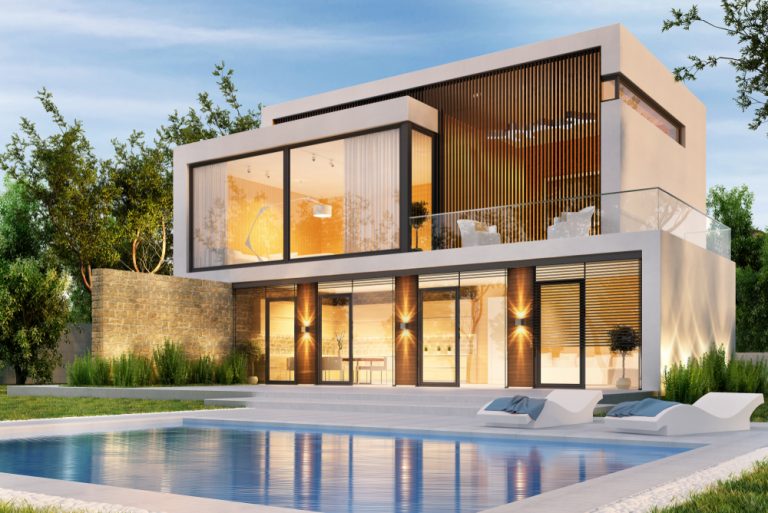Youtube has spurred on a rise in DIY. More people are looking for ways to learn new skills and build their own furniture, possessions, and garden assets. Building a home from scratch is a big step up, though, in both skill and costs. Below we will break down the 5 major costs to consider when building a house, be it to live in or an extension to work in.
Buying and clearing land
Buying a plot of land that can be built on is your first cost, and perhaps the biggest. Don’t be fooled by cheap land that’s not intended for building on – if it was that easy to get permission then this would likely be factored into the price of the land.
Given that the land has permission to build on, there’s a good chance there’s already something on it. Renting bulldozers caterpillar and other vehicles to clear the land is another expense to consider.
The Foundation
The most important part of the home is the foundation in which you build it on; there can be no shortcuts here. For example, a concrete slab foundation is often considered to be the cheapest, but will still likely exceed €20,000 to do properly. Creating a sturdy, flat foundation requires a lot of excavation work and construction.
Framing the house
The next big part of building a home is the framing. This is essentially the skeleton of the house, and is one of the most expensive parts. There are some elements to consider here, from architecture and light to natural and geometric shapes. You will have to decide if you want light wood, steel, or insulated concrete framing. In the US and Scandinavia, light wood framing is the cheapest option because of easy access to woodland, whilst steel usually costs the most.
Plumbing and electrics
Plumbing is a difficult job, but some people take it upon themselves to attempt it. However, wiring the home yourself when unqualified can be truly dangerous, and is something that most will recommend getting a professional to do. For this reason, plumbing and installing electrics will often cost as much as €50,000, particularly if you want HVAC systems installed and solar.
Interior finishes
Finally, the next step of adding insulation, plaster, and other materials like doors is one of the biggest costs, too. In order to make it a liveable home, there will need to be all of the appropriate fixtures and fittings, like cabinets, countertops, sinks, ovens, extractor fans, flooring, and so on. This is often the part that is underestimated, because many people believe they can cut corners here or do it as they go. But in truth, whilst you can find some scrapped stuff or second-hand things on FB Marketplace, it’s very difficult to find the time to source free fixtures like cabinets that happen to be the right size and style. Amending them to fit, or sanding them down to paint, can often take so long that you wish you had just purchased a pre-bought IKEA kitchen and had it professionally fitted.

0 Comments